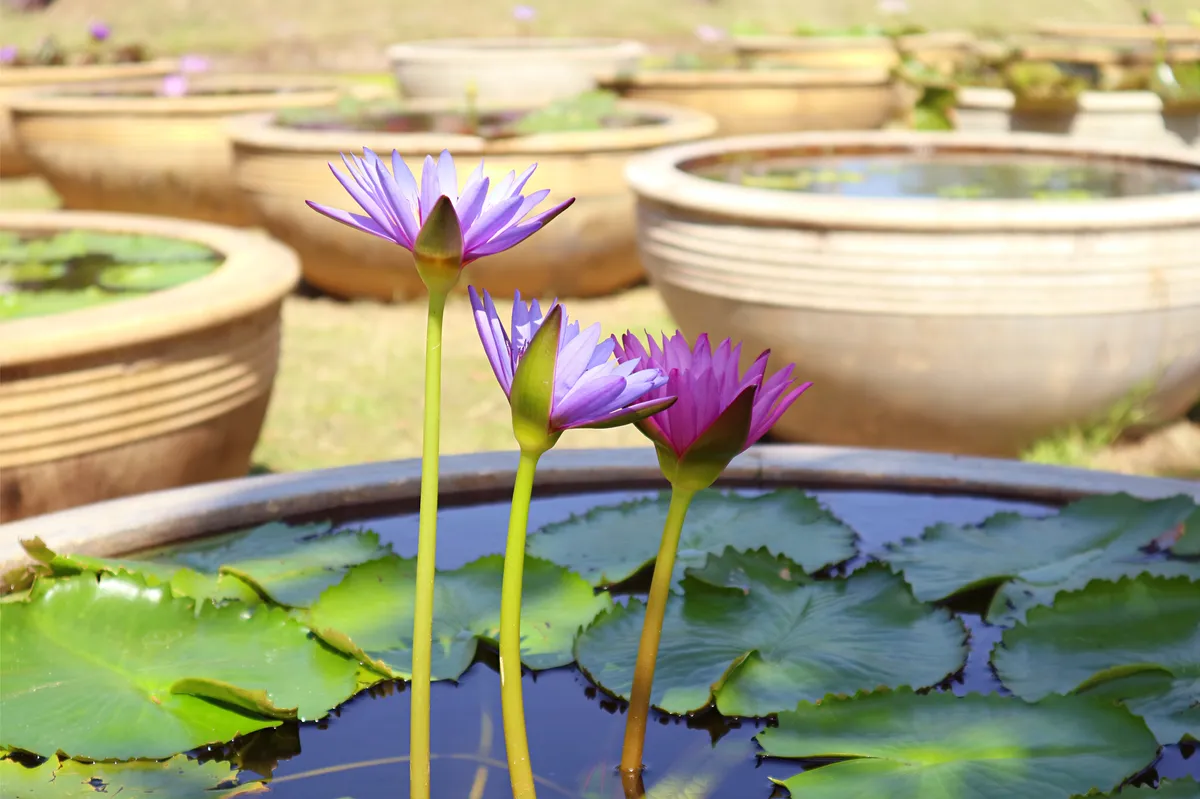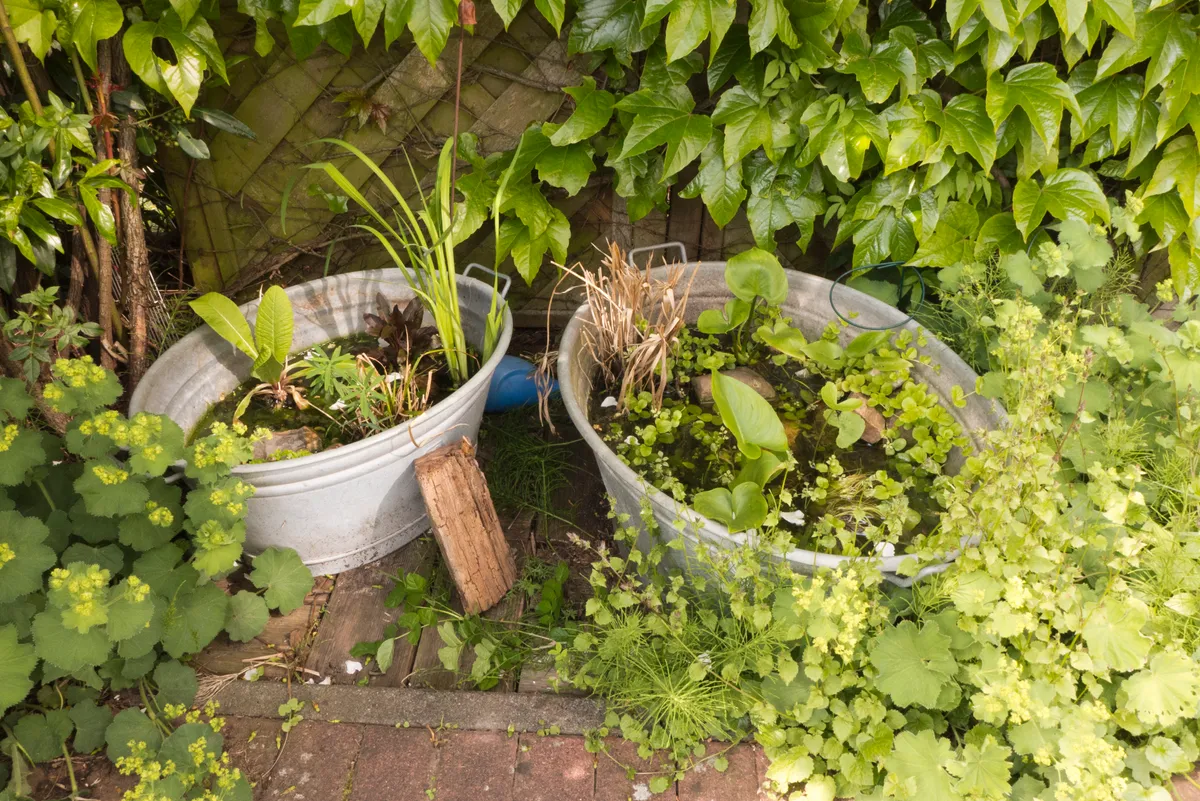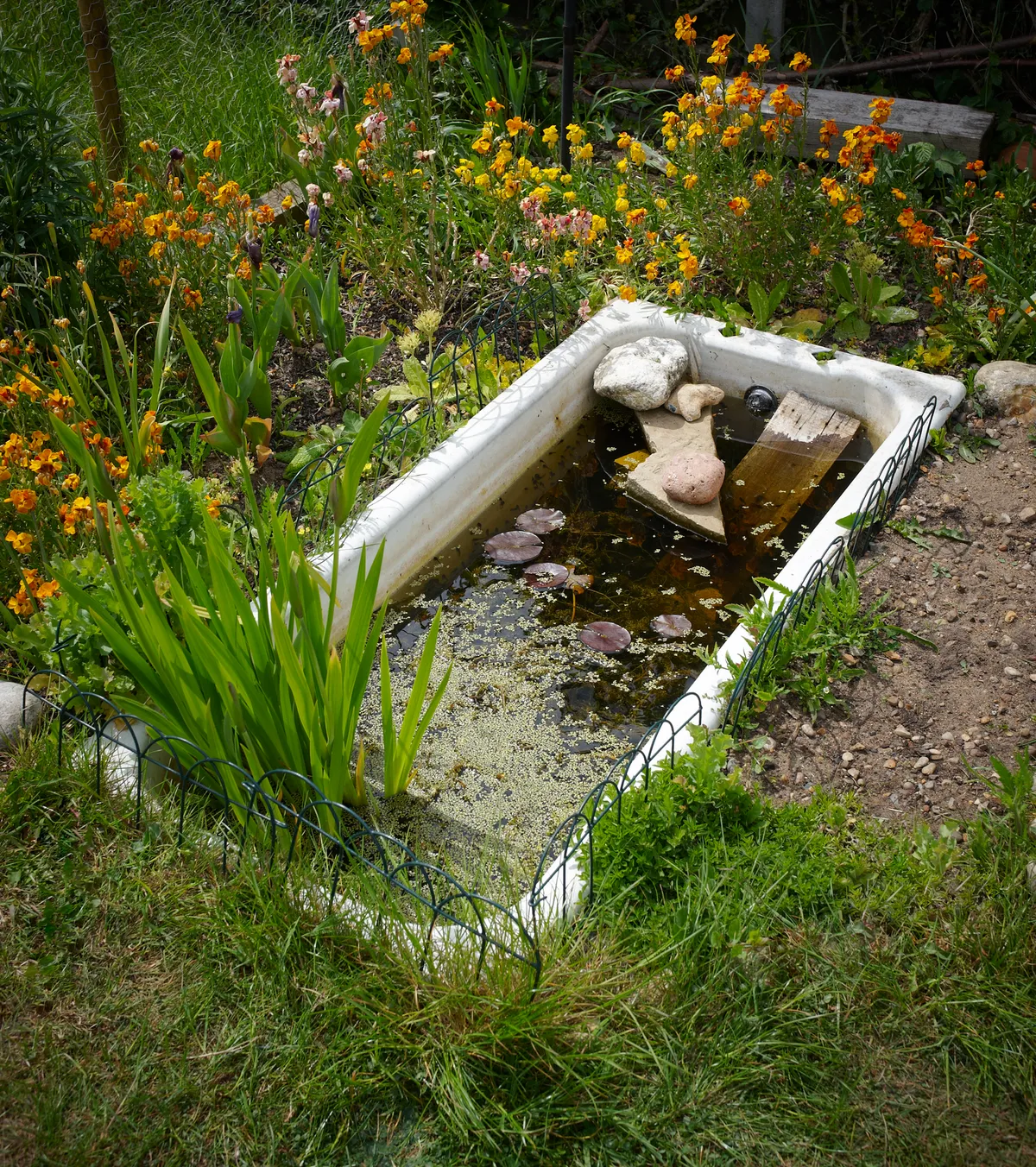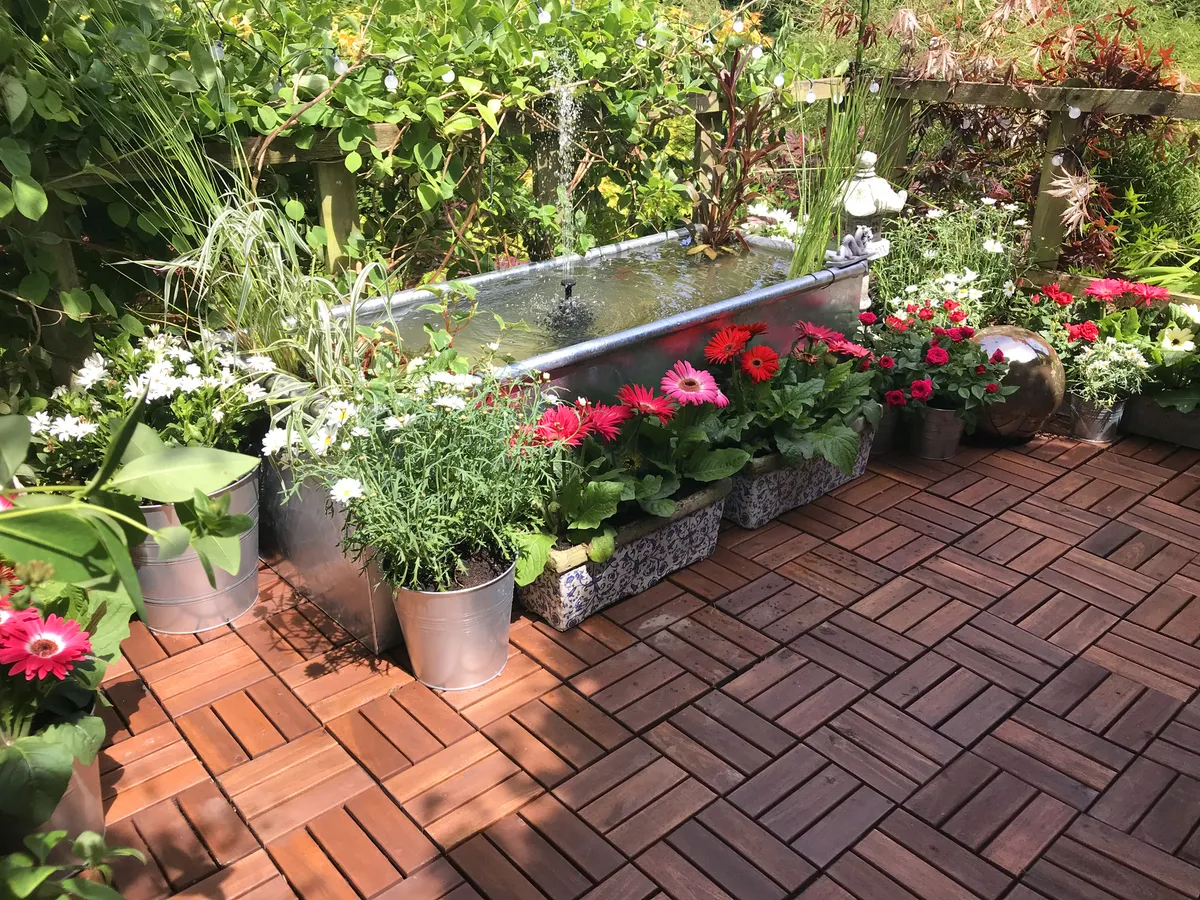A pond adds a magic element to any garden, and these accessible bodies of water play a crucial part in conserving our country’s wildlife. Of all the habitats you could create in your garden, a pond is probably the most effective because of its versatility to a wide variety of species.
Having a small garden shouldn’t mean you don’t get to help these species on your own property. Gemma Sharp from lovegardenbirds.co.uk explains how you can create a pond in your garden, no matter how small it may be - find out what she has to say!
- How to identify pond wildlife
- How to create a butterfly garden
- Eco garden ideas: 5 tips for an environmentally friendly space
- How to create an eco-friendly garden in five easy steps
- Hedgerow plants: best evergreen hedges for privacy around your home and garden
- Balcony planter ideas for a thriving urban garden
- 6 best trees for small gardens
- What plants grow in a shady garden?
What wildlife can a pond attract?
A pond is incredibly beneficial for attracting a range of wildlife to your garden, more than perhaps any other feature in your outdoor space. They provide breeding areas and natural habitats for aquatic animals and give a range of different species a safe place to bathe and drink.
Among other animals, a garden pond can attract all these wildlife species:
- Dragonflies
- Frogs
- Toads
- Newts
- Water snails
- Pondskaters
- Water beetles
- Bees
- Butterflies
- Birds, including starlings, sparrows, wood pigeons, and blackbirds
Small garden pond ideas
Don't have space to start digging? Or perhaps you aren't allowed to dig a pond, but still want to create an aquatic idyll for your outdoor space? Then read on for lots of ideas and inspiration, from using an old container there are plenty of ways you can bring pond life into your outdoor space, however small - and for a garden positively teeming with aquatic wildlife, you could combine some of our suggestions and create multiple aquatic habitats in your garden. You won’t be able to turn without running into a new species!
Container ponds

What containers can I use for a pond?
Create a small garden pond in the most sustainable way by upcycling old containers for a unique approach. Old washing up bowls, planters, sinks, pots and even bathtubs can all be given a new lease of life in a small garden by easily turning them into an eclectic container pond. As long as the feature is watertight and robust, you will be able to transform it into a pond brimming with exciting wildlife.
If you're really limited on space, perhaps if you have a balcony garden, why not try a bird bath instead?
Container pond ideas
How do I turn a container into a pond?
To create a container pond, you should:
- Choose the right container – As we mentioned, upcycled bowls, sinks, pots, and similar containers can all make fantastic hosts for a pond. If your chosen container isn’t as watertight as others, you can line it with a pond liner to improve its water retention.
- Position your container – Ideally, you should place your container somewhere that isn’t in full sun all day yet still gets a good amount of light.
- Give wildlife access - Consider sinking the edges into the ground for a container pond that’s easily accessible to all wildlife species. Alternatively, you could create an easy entry for animals with small steps made from rocks, logs or bricks. Steps and ramps also help small mammals and other wildlife escape if they fall into your pond by accident.
- Fill your pond – Finally, you can fill your pond. Preferably, you should do this with rainwater since tap water can contain chemicals harmful to wildlife. A pond with a variety of water depths will provide the richest habitat, but a mini pond with at least 20cm of water will be more than enough.
What is a floating pond?
A floating pond is perfect for small gardens, particularly courtyards since all you’ll need is some wall space. As its name suggests, a floating pond appears to be floating off the ground, which is achieved by attaching the container to the wall. Also, floating ponds are relatively low maintenance.
However, floating ponds can be difficult for many species to reach. Although flying insects, such as dragonflies, will happily flock to it, many other animals will struggle to get the vital water. To allow wildlife full access to your floating pond, add some shade loving plants beneath the feature and an easy way for wingless creatures to get to the water, such as piled up logs or stones or a small wall.
What is an aquatic planter?
Aquatic planters come in all shapes and sizes, making them ideal for gardens of all shapes and sizes! An aquatic planter allows you to grow almost all types of pond plants, which will help you attract various wildlife species to your garden without the hassle of digging or creating your own pond.
Unfortunately, most aquatic planters come in a raised form. This means that wildlife can find it hard to access your makeshift pond. Again, provide them with easier access by adding entry and exit points using piles of logs, stones, or similar wildlife-friendly objects.
Outdoor steps pond
For a space-saving option that livens up what is often a dull space in a garden, add your pond under your garden steps. Whether your stairs lead from your back door to your garden or from a path to a patio, including a stream of water beneath will liven up the scene, especially with all the wildlife you’ll see under there!
To make your hidden pond more appealing to passing species, make sure to add plenty of aquatic plants to the water. Whether this be on the border or in the water itself, a range of water-loving plants will provide wildlife with spaces to breed, nest, feed, and bathe safely beneath your garden steps.
What plants does a pond need?
No matter what pond type you choose to add to your garden, any wildlife pond will benefit from aquatic plants. These unique plants are adapted to grow in marine environments and are vital to attracting various wildlife species.
Depending on the size of your garden pond, you may want to plant some aquatic plants around the edges or add some floating plants to the water itself. However you choose to incorporate them, you can guarantee that the addition of aquatic plants to your garden pond will increase the amount of wildlife you will see.
Best aquatic plants for a pond
Some of the best aquatic plants you could try, floating and otherwise, are:
- Yellow flag iris
- Purple loosestrife
- Golden club
- Apache beads
- Blue flag
- Dwarf waterlilies
- Marsh cinquefoil
- Water mint
- Monkey flower
- Water forget-me-not
- Lesser spearwort
- Fool’s watercress
- Brooklime
Using your imagination to add a unique pool of water to your small garden will make your outdoor space stand out above the rest. And, with our advice, your pond will be brimming with wildlife in no time at all!
Love Garden Birds are passionate about bird feeding and making it affordable to all by offering quality bird food products in the UK with direct delivery to your door






